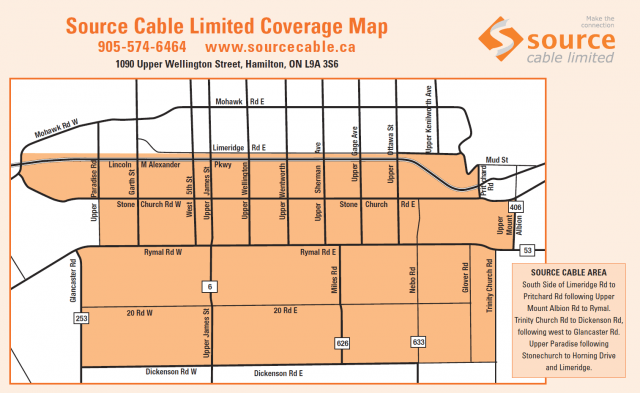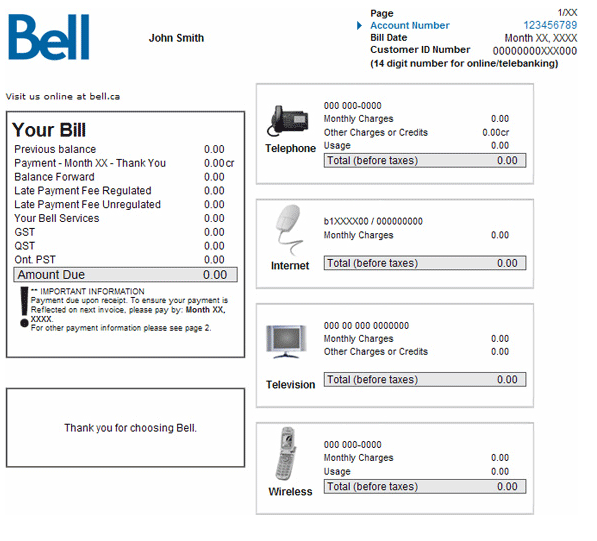 Mobilicity, a struggling independent wireless carrier serving some of Canada’s largest cities, will end its efforts to compete with larger wireless companies if a court approves its sale to Rogers Communications, Canada’s largest mobile operator.
Mobilicity, a struggling independent wireless carrier serving some of Canada’s largest cities, will end its efforts to compete with larger wireless companies if a court approves its sale to Rogers Communications, Canada’s largest mobile operator.
Late this afternoon, sources told The Globe and Mail Mobilicity accepted an offer from Rogers in excess of $400 million to acquire the wireless company’s assets and transfer some of its wireless spectrum to Wind Mobile Corp., one of the last remaining Canadian independent carriers, to appease regulators, who could still block a deal with Rogers.
The federal government’s wireless telecom policy has stressed the importance of having at least four wireless providers competing in every region. Wind has managed to achieve that in Ontario, B.C. and Alberta, but lacks enough coverage elsewhere. Mobilicity landed itself in financial trouble soon after launch, finding the costs of network construction high for a company with below-expected customer numbers.
 Mobilicity has been under creditor protection since September 2013 and has only managed to keep 157,000 active customers on its discount cellular network. Rogers is said to be interested in Mobilicity primarily as part of a tax write-off strategy. Mobilicity had non-capital loss carry forwards of $567-million by the end of 2013, which offers Rogers a reduction in its tax bill of about 25 to 30% of that amount.
Mobilicity has been under creditor protection since September 2013 and has only managed to keep 157,000 active customers on its discount cellular network. Rogers is said to be interested in Mobilicity primarily as part of a tax write-off strategy. Mobilicity had non-capital loss carry forwards of $567-million by the end of 2013, which offers Rogers a reduction in its tax bill of about 25 to 30% of that amount.
Observers predict Mobilicity could continue for a time, if in name only, as part of Rogers’ larger portfolio of wireless brands. Rogers already controls two other Canadian wireless brands: Fido and Chatr.
As late as yesterday, Rogers and Telus were both fighting to acquire Mobilicity after it became clear there would be no “white knight” for Mobilicity that would satisfy competition regulators or creditors. Telus attempted an acquisition twice, only to be rebuffed by the Competition Bureau. A last-ditch effort by Wind Mobile to acquire its comparatively sized competitor was a flop with creditors who expected a higher bid.
Mobilicity’s network coverage was always one of its biggest challenges. The company only managed to offer direct coverage in parts of the Greater Toronto Area, Ottawa/Gatineau, Calgary, Edmonton, and Greater Vancouver. Mobilicity’s network also relied on very high frequencies that had a challenging time penetrating buildings, and its lack of network densification led to complaints about dropped calls and poor coverage overall.
The disposition of an earlier plan submitted by employees and Mobilicity’s founder to transform the company into an MVNO — providing independent wireless service using its acquirer’s network, isn’t known at press time.
[flv]http://www.phillipdampier.com/video/BNN Clock ticking on Rogers and Telus to conclude Mobilicity takeover 6-22-15.flv[/flv]
As late as yesterday, BNN was reporting Telus and Rogers were both competing to acquire Mobilicity. It appears Rogers has won. (2:23)


 Subscribe
Subscribe The cable company that used to make you think twice about every online video you watch doesn’t want you to think about that anymore.
The cable company that used to make you think twice about every online video you watch doesn’t want you to think about that anymore. Rogers Communications will acquire Hamilton, Ont.-area independent Source Cable in a quiet $160-million deal.
Rogers Communications will acquire Hamilton, Ont.-area independent Source Cable in a quiet $160-million deal.
 Canadians pay between $495-734 million a year in extra charges just to receive a mailed copy of their monthly bill for cell phone, cable and broadband service. Now the Public Interest Advocacy Centre
Canadians pay between $495-734 million a year in extra charges just to receive a mailed copy of their monthly bill for cell phone, cable and broadband service. Now the Public Interest Advocacy Centre 